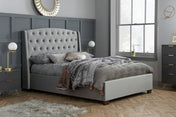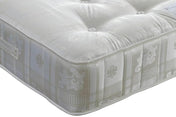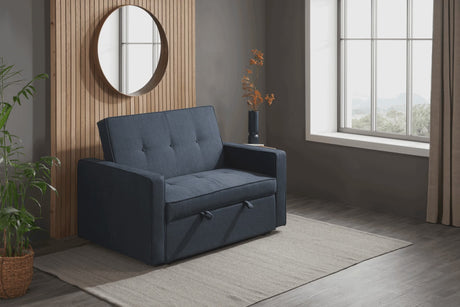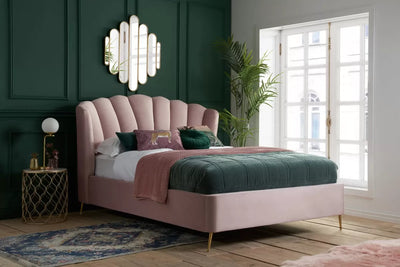Introduction: From the robust oak creations of the Tudor period to today's sustainable designs, the UK has a rich tapestry of furniture styles that reflect its diverse history and evolving societal norms. Dive into this journey with us as we explore the landmarks in British furniture design and see how they shape our interiors today.
Tudor and Elizabethan Era: In the 16th century, the British furniture landscape was dominated by the robustness of oak. Furniture during this period was heavy, ornate, and built to last. Beds, tables, and chairs featured intricate carvings, and the focus was more on durability than comfort.
Georgian Period: As we transitioned into the 18th century, British furniture started to take on a more refined appearance. Influences from continental Europe began to seep in, and designers like Thomas Chippendale and George Hepplewhite rose to prominence. Furniture pieces from this era were characterized by their elegant curves, lighter frames, and ornate embellishments.
Victorian Era: The Victorian era witnessed a shift in furniture design, largely influenced by the Industrial Revolution. Mass production meant furniture was available to a broader segment of society. While pieces were often ornate with richly detailed carvings, there was a noticeable emphasis on comfort and functionality.
Edwardian Period: By the turn of the 20th century, British furniture underwent another transformation. The Edwardian era saw a return to simpler, more functional designs. There was a strong influence from the Arts and Crafts movement, championing traditional craftsmanship and natural materials.
Mid-Century Modern: As the world moved towards the latter half of the 20th century, Britain was not immune to the global shift towards Mid-Century Modern design. Furniture from this period was characterized by clean lines, minimalist designs, and an emphasis on form following function.
Contemporary British Style: Fast-forward to today, and the British furniture scene is a melting pot of styles. There's a growing emphasis on sustainable and upcycled furniture. British homeowners have developed a penchant for mixing and matching different historical styles, creating interiors that are both nostalgic and refreshingly modern.
Conclusion: The cyclical nature of design trends is evident in the UK's furniture history. As modern Brits, we have the privilege of picking from this rich tapestry to create interiors that resonate with our individual tastes. The beauty lies in blending the old with the new, creating homes that pay homage to the past while looking firmly towards the future.







